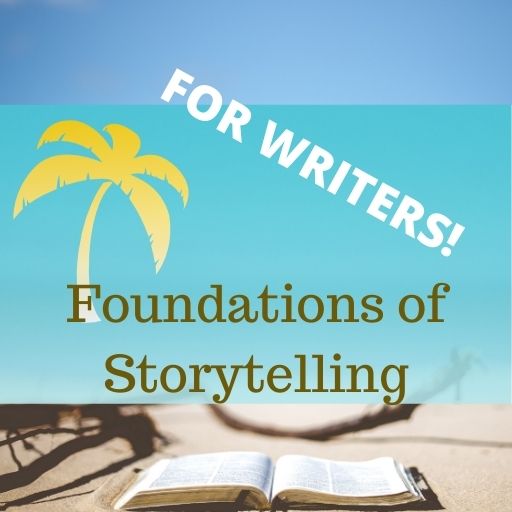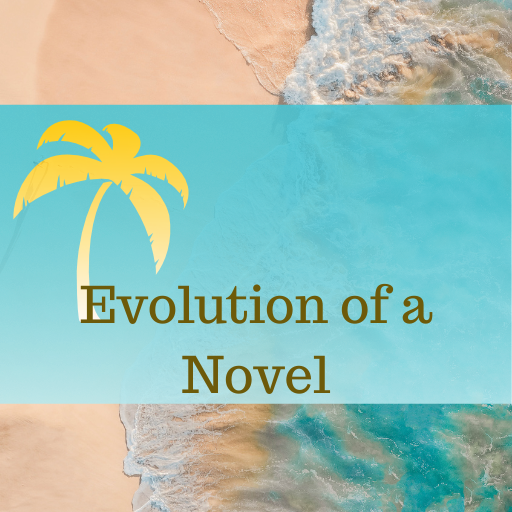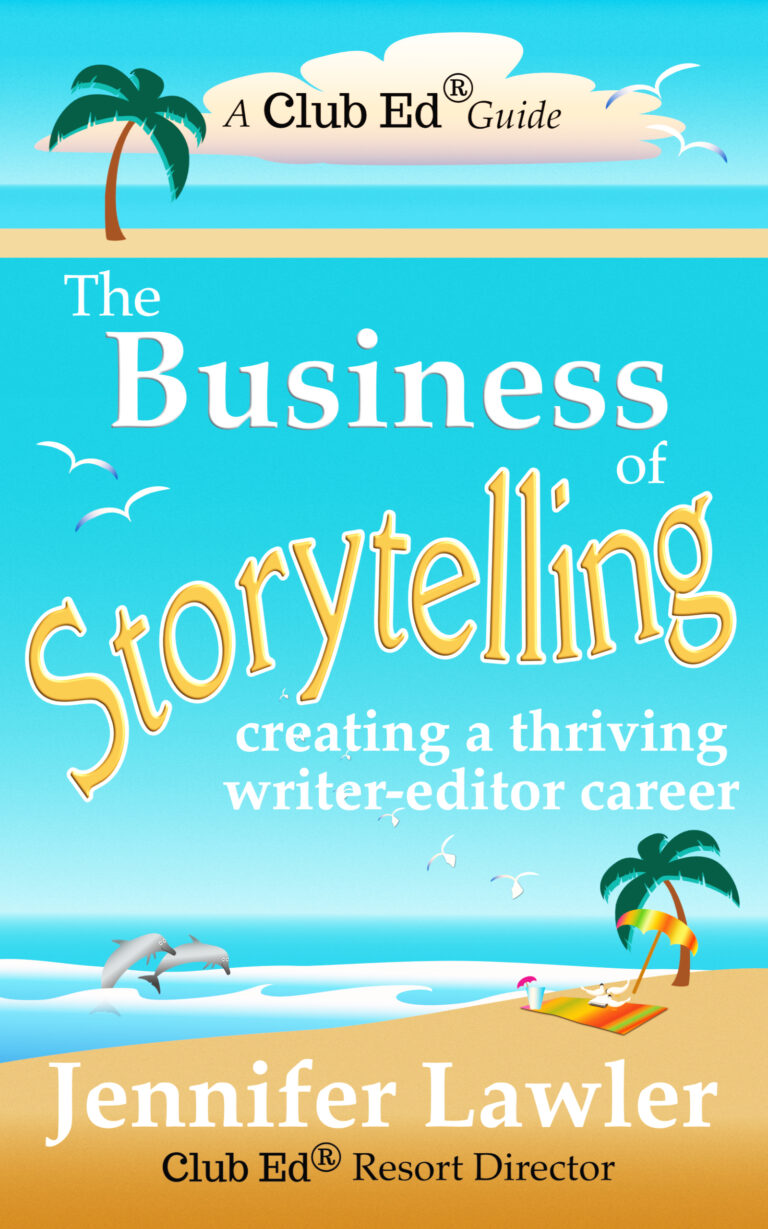Using other people’s characters to inspire you
Writers’ Topic: Character Inspiration
Can writers get character inspiration from other writers? Using an existing character can be a good jumping off point to a new character.
A student once asked, “I often find B characters in novels more interesting than the leads, yet they’re never fully developed (hence the B aspect). I wonder if using another novelist’s B characters as a jumping off point for a new character or story would ever produce any ideas worth exploring?”
As writers, we can find inspiration all around us, and other people’s fictional worlds and characters are a good example. The key point here is that you need to create a new character.

Of course, you can’t use another writer’s characters or worlds, as that is copyright infringement, unless the novel is out of copyright protection (which is why we have all those Jane Austen mashups).
Authors keep the right to produce derivative works (that is, other stories based on their characters and worlds) and although fan fiction is a popular sport, for someone seriously pursuing a writing career, you have to create your own characters and worlds unless you want to end up on the wrong end of a subpoena.
But you can certainly be inspired by other people’s stories and characters! In fact, I once wrote an entire novel that was was sparked by seeing Faramir in the Lord of the Rings trilogy. He’s a minor character – a B character – but there was something about his situation that struck me as having a lot of potential for a story.
The character I ended up writing had almost nothing in common with Faramir, but the novel wouldn’t even exist if I hadn’t seen Faramir and thought, “Hmm.”
No matter where you dig up character inspiration, it’s essential is to make the character/story your own, even if the spark comes from another person’s character.
Other Helpful Content
-
How to Create Defensible Edits
As a developmental editor, you need to know how to create defensible edits of a manuscript to help authors put out their best work. Tips for How to Create Defensible Edits When you’re doing a developmental edit—looking at the big-picture overview of a novel—you’ll generally be expected to provide two main services: The editing on…
-
When Is a Book Ready for Editing?
Both authors and editors have the same question at some point in the book writing / publishing process: When is a book ready for editing? So When IS a Book Ready for Editing? The creative process is not timely and linear, which is why, as an editor, I don’t book edits before an author’s manuscript…
-
Effective Client Communication for Book Editors
Managing client expectations is necessary for a successful business so here are my tips for effective client communication for book editors. My Top Tip for Effective Client Communication for Book Editors One way to avoid an unhappy client is to communicate all relevant information from the very beginning of your relationship with them. Clearly stated…
Join the Club!
New to story editing? Begin at the beginning.



